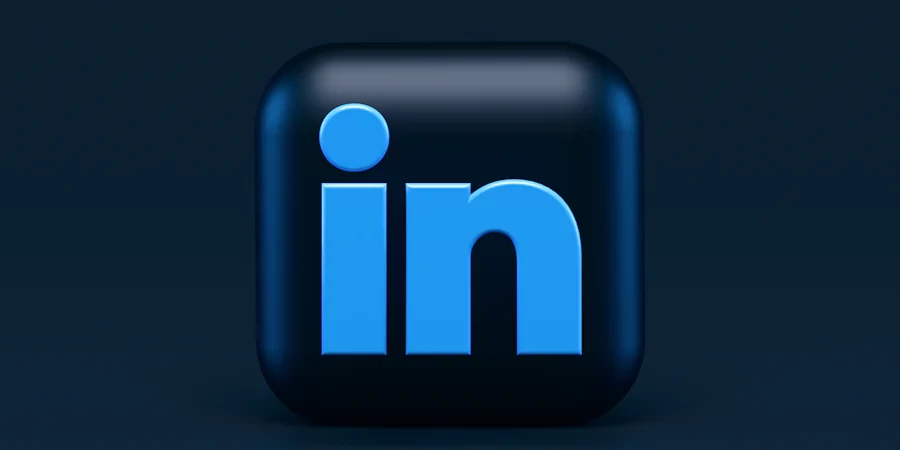Our European Teams were out in force this year for IFA, the world’s leading trade show for consumer electronics and home appliances. 2023 didn’t disappoint and was jam-packed with new product announcements and future-tech insights. So what did we learn…?
1. The metaverse is going mainstream.
All over the show floors companies were proudly showcasing their latest metaverse products and experiences. Even though still in the early stages, it’s clear that metaverse is a major area of focus for the tech industry. There are endless possibilities for what it could become and there’s no doubt it has the potential to revolutionize the tech industry in a number of ways, such as creating new forms of entertainment, education, and social networking. It could also be used to improve communication and collaboration between businesses and their customers such as virtual shopping centres and showrooms.
The metaverse is also being seen as a potential tool for social change, like using it to create virtual communities for people who are marginalized or isolated in the real world. This will of course change the way we all profile and segment consumer audiences.
2. Foldable smartphones are here to stay.
Offering the best of both worlds by combining the portability of a smartphone with the functionality of a tablet, foldable smartphones were in abundance at IFA with new models being launched left right and centre.
The history of foldable phones began with the iconic flip phones of the 1990s; two sections of a clamshell design, a flat panel display and an alphanumeric keyboard all connected by a hinge! However, sales began declining in the late 2000s and early 2010s following Apple’s first iPhone launch in 2007 and the increasing popularity of touchscreen smartphones.
Fast-forward to 2023 and the foldable smartphone market is expected to grow by 65% by the end of the year. Even Apple is working towards its own foldable device by 2025. Overall, foldable smartphones making a return has had a positive impact on the mobile industry, with users benefitting from even more design, functionality, and performance innovation as manufacturers compete against each other.
3. Virtual Reality is still growing.
Whilst VR is still a niche market, there’s no denying its growth in popularity given the number of new headsets announced at the show. This technology still has lots of potential,with the global virtual reality market size estimated at USD 59.96 billion in 2022, it is expected to grow at a compound annual growth rate (CAGR) of 27.5% from 2023 to 2030.
VR technology has also transformed the gaming and entertainment sectors by enabling users to engage themselves in a highly simulated environment. Furthermore, the increasing use of virtual reality (VR) in instructional training, such as for field workers, engineers, mechanics, pilots, defence personnel, and technicians in various industrial sectors, is propelling the market’s growth.
4. 5G is becoming the norm.
5G is a brand-new technology that debuted in 2019 and is setting a new standard for connectivity with a number of carriers announcing new 5G plans and devices at IFA. One of 5G’s main advantages is its speed. With eyewatering download rates of up to 20 gigabytes per second (Gbps), 5G connections are lightning fast compared to most home internet connections, with a 5G connection, downloading a movie only takes a few seconds.
It’s also a great option for playing online games, working from home, streaming HD videos and performing other bandwidth-intensive tasks. 5G internet will play an increasingly important role as more people work from home and use loT connected devices. Consequently, 5G internet could someday become the norm, allowing people to use their devices like never before.
#PRAgency #TechPRAgency #TechnologyPRAgency #ConsumerElectronics #PRAgency #ConsumerPRAgency #GamingPRAgency #European PRAgency #EuropeanTechnologyPRAgency #SocialMediaAgency #InfluencerMarketingAgency #PressOffice #MediaRelations #LaunchEvents #IFA2023


